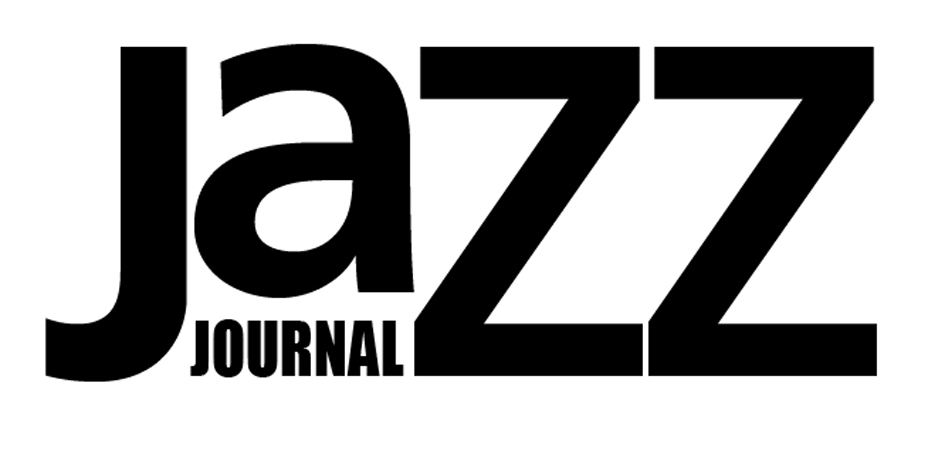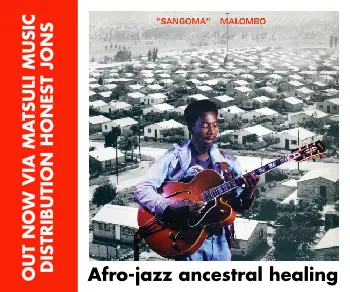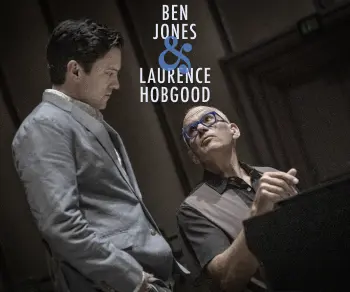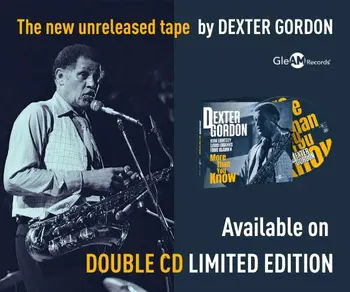Julie London: Julie Is Her Name Vol. 2 (Number One Essentials 291034)
Julie London’s first album in 1955 (Julie Is Her Name) included the torch-song that defined an era – Cry Me A River. Arthur Hamilton, her high-school classmate, wrote both the lyric and the music for what really became her theme song. With a sparse accompaniment provided by Barney Kessel (guitar) and Ray Leatherwood (bass) it was constantly on the air-waves and it took on a new lease of life when she sang it in the 1956 Jayne Mansfield film The Girl Can’t Help It. (Number One Essentials has included six titles here from that recording). Inspired by Jo Staffords’s “clarity of sound”, her sultry, intimate delivery possibly influenced contemporaries like Jeri Southern, Chris Connor and June Christy. Coming right up to date, Nicki Parrott too sounds as though she might have listened to Ms London.
With the help of her composer-husband Bobby Troup of Route 66 fame, she always selected the very best material and it does not get any better than the repertoire on this 1958 album, here reissued on vinyl. Blue Moon, What Is This Thing Called Love, Spring Is Here, The One I Love Belongs To Somebody Else and I Guess I’ll Have To Change My Plan are all songbook classics. She also revisits the obscure If I’m Lucky, which Perry Como had introduced in 1946 with Harry James. She gets sympathetic accompaniment throughout from Howard Roberts (guitar) and Red Mitchell (bass).
Her 29 albums are replete with an innocent charm that belied her very glamorous appearance. Each release had her photo on the cover, which led to an amusing comment from Bob Hope when she appeared on his 1956 TV show. Holding a copy of her latest LP, Calendar Girl, he quipped “You don’t need a turntable to play it. You just look at the picture and your eyeballs revolve!”
Horace Silver: Silver In Seattle: Live At The Penthouse (Blue Note 00602478715686)
From his first date as a leader in October 1952 Horace Silver kept the hard-bop flame burning brightly over the years with sidemen like Donald Byrd, Blue Mitchell, Junior Cook, Art Farmer, Tom Harrell, Carmell Jones and Stanley Turrentine. His gospel-influenced originals helped create a unique sound for his quintet and The Preacher, Senor Blues, Doodlin’, Sister Sadie, Blowin’ The Blues Away, Filthy McNasty and many others soon became staples of the jazz repertoire. As a pianist, his highly rhythmic attack combined with blues inflections was also much in evidence even in his role as an accompanist. My friend the pianist John Williams, who worked with Stan Getz in the 50s, was a big fan of Silver’s intensive approach to rhythm-section playing.
Released for the first time, this 1965 session has more staples from Silver’s book and is an important addition to his discography. It features the short-lived powerhouse line-up of Woody Shaw, Joe Henderson, Teddy Smith and Roger Humphries. The 1957 vintage No Smokin’ has a 40-bar AABA form with a 16-bar bridge plus an eight-bar tag which is repeated during the solo choruses. An even better title might have been Smokin’ Hot as the quintet storm through the changes, delighting in a tempo of 80 bpm. Sayonora Blues, from 1962, is an extended eight-bar vamp allowing the group to reveal just how inventive they could be on such simple material. The evocative Song For My Father had been introduced the year before and is probably one of Silver’s most popular compositions (Tom Lord currently lists 247 recorded versions).
This attractively packaged gatefold vinyl LP has informative liner-notes from Bob Blumenthal together with an interview with the only surviving member of the 1965 quintet – Roger Humphries. There is also an enthusiastic testimonial from Randy Brecker, a 1968/69 alumnus, who was at the Penthouse when these titles were recorded.
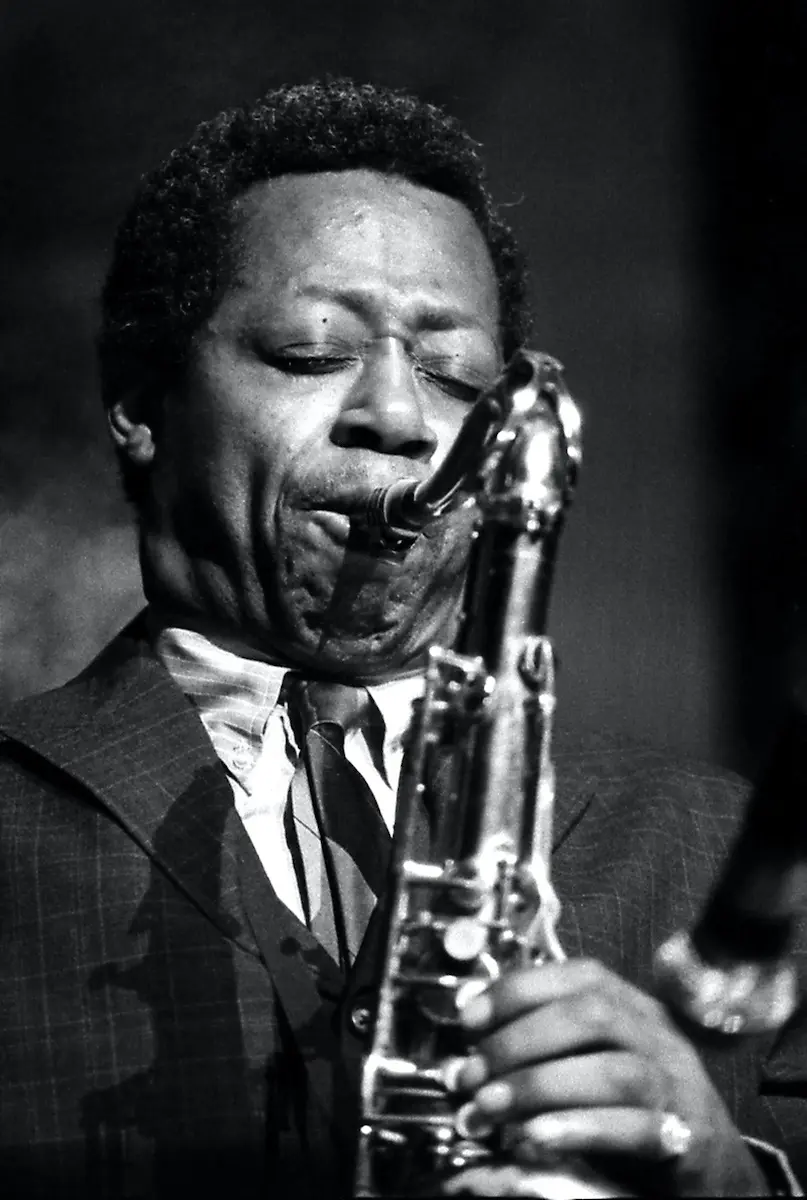
Charlie Rouse Band: Cinnamon Flower – The Expanded Edition (Resonance Records HCD-2078)
Charlie Rouse will always be remembered for the 11 years he spent with Thelonious Monk’s quartet from 1959 to 1970. He had already paid his dues with Billy Eckstine in 1944, then Dizzy Gillespie, Tadd Dameron, Count Basie and Duke Ellington in the late 40s. In the 50s he freelanced around New York with Eddie “Cleanhead” Vinson, Clifford Brown, Art Farmer, Oscar Pettiford, Joe Gordon and Bennie Green. He co-led Les Jazz Modes with Julius Watkins, which managed to stay together as a working group from 1956 to November 1958. Three months later he was invited to join Thelonious Monk as a replacement for Johnny Griffin who had decided to leave the quartet.
Rouse had already demonstrated his affinity with Brazilian music on his 1962 album Bossa Nova Bachanal with Kenny Burrell (Blue Note BLP4119). This expanded version of his 1977 Cinnamon Flower album finds him interpreting the charming sambas of Dom Salvador and Amaury Tristao on a date that offers two albums for the price of one. The first seven titles are from the original release with overdubbed synthesizer, strings, horns and keyboards. These are followed by the same material but without the layers of overdubs. There is an additional title, Meeting House, released here for the first time. Rouse’s warm sound at times recalls his contemporary Hank Mobley, who became known as “the middle-weight champion of the tenor”, and Disenchantment, A New Dawn and Quiet Pictures are all fine examples of his work. The Brazilian trumpeter Claudio Roditi, making his New York debut here, impresses on Sertao and Clove And Cinnamon.
The sleeve note benefits from Charlie “Chico” Rouse Jnr’s contribution about his father together with liner notes from James Gavin who wrote definitive biographies of Chet Baker, Peggy Lee and Lena Horne.
